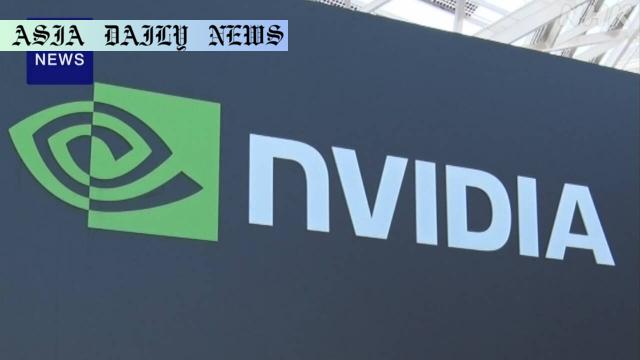Nvidia: The AI chipmaker’s revenue for February to April jumped by 69% year-over-year, though US export controls cut profits.

Nvidia Posts Record Revenue Growth Amid Export Challenges
US-based semiconductor giant Nvidia recorded remarkable revenue growth for the fiscal quarter spanning February to April 2023. Its financial results revealed a 69% leap in revenue from the same period in the prior year, resulting in a total of over $44 billion. This growth was powered by heightened demand for AI-powered semiconductor chips, particularly in data centers, which play a critical role in expanding global AI capabilities. Nvidia’s performance reasserts its position as a dominant force in the AI and semiconductor market, underscoring the rapid advancements and adoption of artificial intelligence technologies.
The Impact of US Export Controls
However, the company encountered significant challenges that dampened its profitability. US export controls imposed last month on certain chips designed for China and other markets led to Nvidia taking a substantial financial hit. The company was forced to incur a $4.5 billion charge, which significantly weighed on its net profits. Despite an impressive net income of $18.7 billion – marking a 26% increase year-over-year – these export restrictions have hampered Nvidia’s ability to fully capitalize on global market opportunities.
China’s Role in Nvidia’s Business Strategy
CEO Jensen Huang voiced his opposition to these export restrictions, highlighting China’s critical importance to the AI sector. He emphasized that China is not only among the largest AI markets but also home to nearly half of the world’s AI researchers. Huang’s remarks underline the intricate relationship between technology innovation and geopolitical dynamics. The restrictions placed on chip exports to China may, in the long term, hinder collaborations and advancements globally in the AI field, an area where Nvidia has made significant contributions.
Challenges Ahead for Nvidia
Despite these headwinds, Nvidia continues to forge ahead as a leader in the tech industry. The company faces ongoing challenges from geopolitical tensions and increased scrutiny on semiconductors’ exportation. Moving forward, Nvidia may need to adapt its strategies to mitigate risks stemming from policy restrictions while focusing on markets with fewer restrictions.
Growth Prospects: Opportunities and Risks
While Nvidia’s exceptional revenue growth is a testament to the surging demand for AI-centric technologies, it also points to potential vulnerabilities in the face of export restrictions. The situation brings into focus a broader question about international collaboration in cutting-edge technology sectors, the roles nations play in the global supply chain, and the sustainability of such controls in a rapidly innovating market. Nvidia’s profile as both a market leader and a bellwether for semiconductor technology highlights the delicate balance the company must maintain in navigating both economic ambitions and political constraints.
Commentary
Nvidia’s Record Revenue: A Milestone for AI, Yet Caution Ahead
Nvidia’s recent earnings report captures the dramatic growth of the artificial intelligence sector. A 69% year-over-year increase in revenue is no small feat, especially considering the global demand for semiconductor chips powering advanced AI systems. This achievement reaffirms Nvidia’s position as a cornerstone in the rapidly evolving tech landscape. However, it also draws attention to the emerging risks that come with geopolitical friction.
The Weight of Export Restrictions
The US export restrictions on China have highlighted significant vulnerabilities for companies like Nvidia, where substantial portions of business depend on access to international markets. The $4.5 billion charge incurred serves as a stark reminder of how policy decisions can directly impact corporate performance, even for industry behemoths. For Nvidia to maintain its momentum, it will have to innovate not only technologically but also strategically, finding ways to balance its market dominance with geopolitical realities.
AI’s Role in Global Collaboration
What struck me most about CEO Jensen Huang’s comments was his acknowledgment of China’s importance to the AI sector. With half of the world’s AI talent residing in China, export controls could inadvertently stall global innovation. AI thrives on collaboration, and restrictions of this kind may slow advancements in ways that hurt everyone, not just one nation. Nvidia’s plea for a reconsideration of these controls highlights how interconnected our technological world has become.
A Tentative Road Forward
As we look ahead, Nvidia’s performance metrics and commentary reflect broader industry challenges and opportunities. Their success story is a testament to growing AI demand but also an indicator of the hurdles faced when politics intersect with technology. Whether these export restrictions persist or evolve, one thing is clear: companies like Nvidia will need to lead with adaptability and resilience to thrive in this complex landscape.


